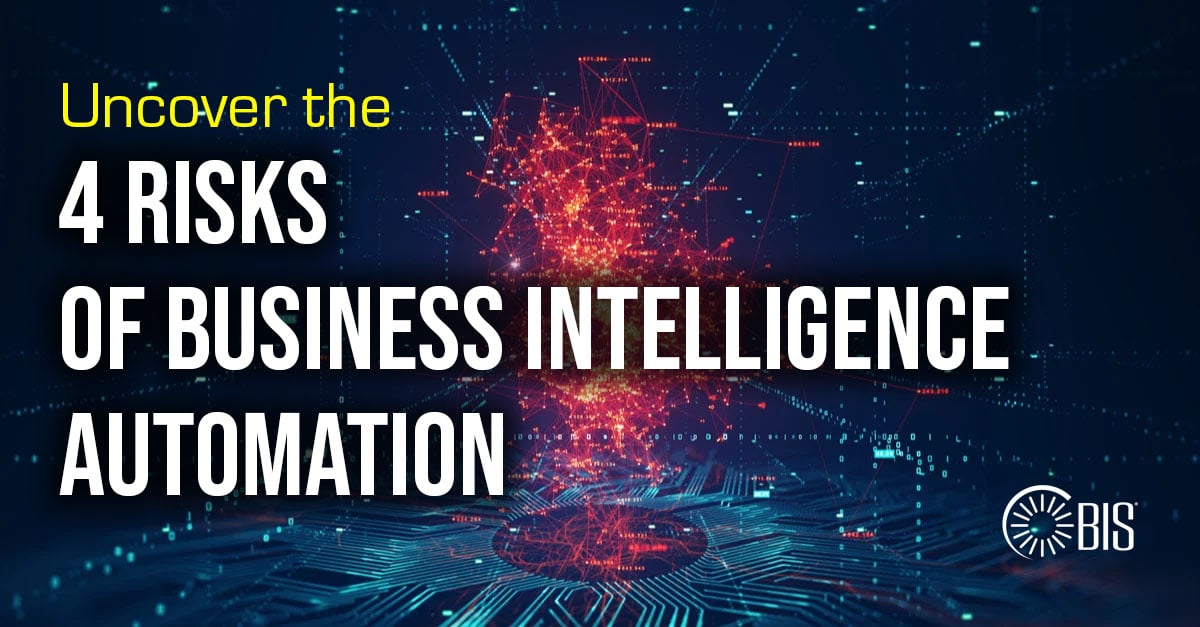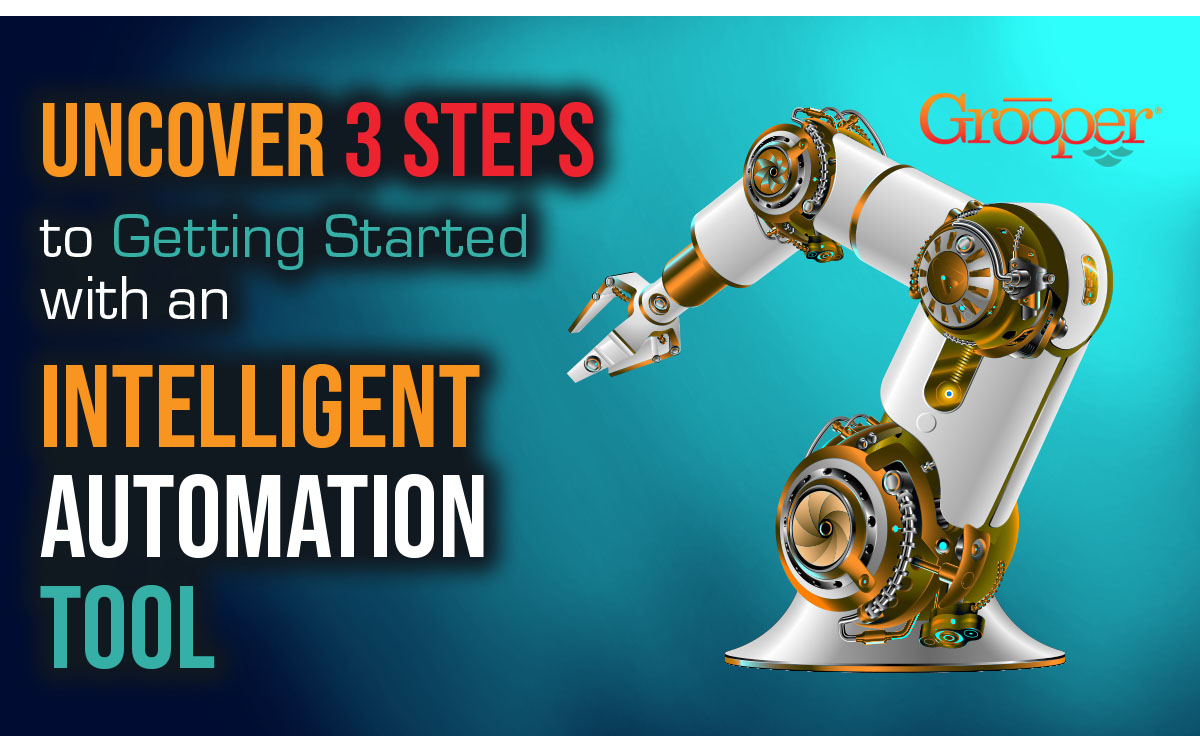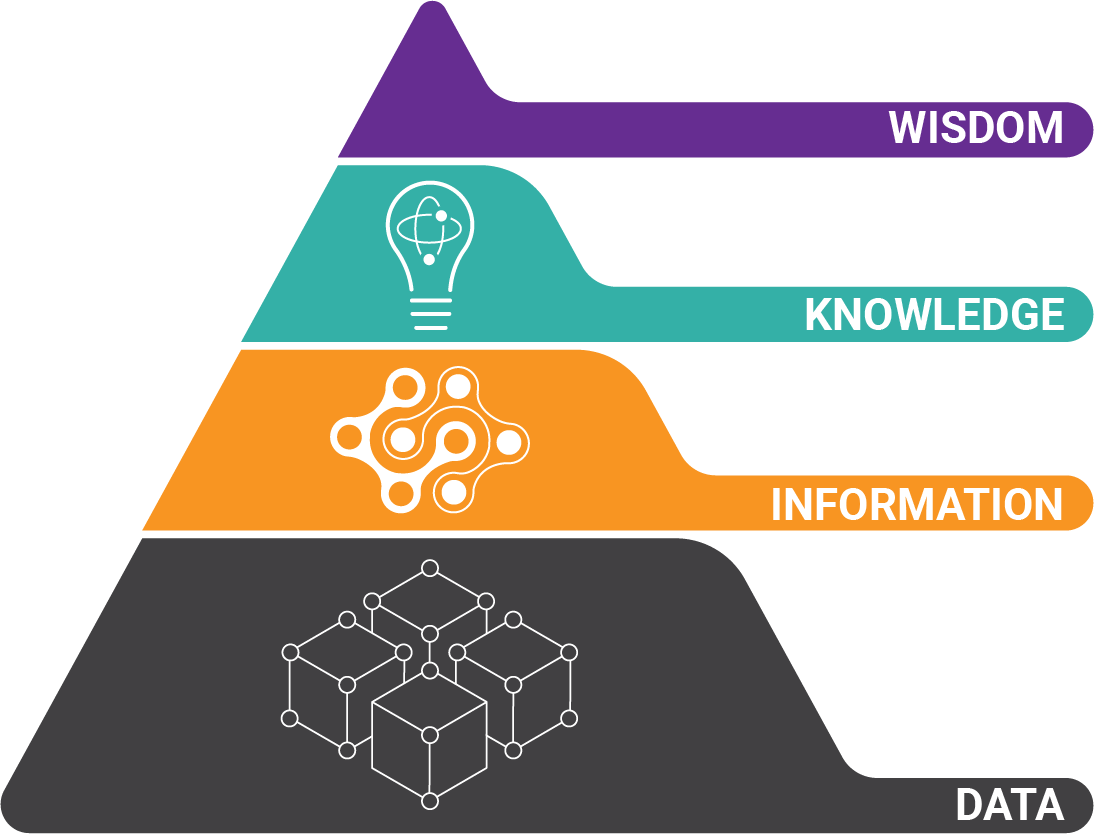What is Business Intelligence Automation?
Business intelligence (BI) automation is the combination of automation strategies and technologies to deliver, reconfigure, or redesign information technology processes for maximizing business outcomes.
Go to "The 4 Significant Risks of BI Automation"
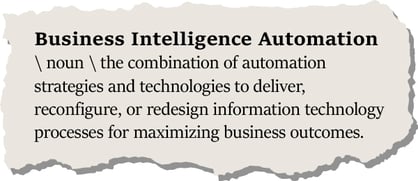 In this blog, we will discuss the origins of business automation, and the 4 big risks of automating business intelligence tasks.
In this blog, we will discuss the origins of business automation, and the 4 big risks of automating business intelligence tasks.
What Technologies are Used in Business Intelligence Automation?
Common software in the realm of intelligent automation includes:
- Cognitive automation
- Intelligent document processing (IDP)
- Machine learning
- Deep learning
- Natural language processing
- Speech recognition
- Machine / computer vision
- Intelligent business process management applications
With all these moving pieces, and new technology (buzzwords?) becoming available at a steady pace, it's reasonable to be worried about the risks of intelligent automation.
BIG TIP: If you think about intelligent automation as an ecosystem of organisms, it's easier to understand how to approach this topic.
"Small" changes to one organism will impact the whole environment.
Ecosystems in nature are both fragile and highly adaptable over time. But there are also unknowns that require careful study - like how they react to cyclical changes in weather, the affect of nearby activity, and their involvement in life itself.
The problem with business intelligence automation is that we don't have the luxury of time or history to provide deep learning experiences.
Automate Your Business Data
More Efficiently Than Ever
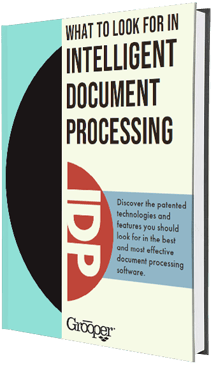 Get our Free Guide to Intelligent Document Processing
Get our Free Guide to Intelligent Document Processing
Looking for the best business intelligence automation software — but don't know where to start? No problem. Our guide was made just for you.
Discover the top technologies and methods that create the most actionable information from your complicated document-bound data. You will also discover:
- Why the traditional approach to document processing doesn't work
- What are the 5 features of advanced data capture
- What is optical character recognition — and how the best OCR overcome traditional methods to get you far more business data off forms and documents
- The top 16 technologies that make document data processing much faster — to save you more time and money
Download the Free Guide Here:
How Did Business Intelligence Automation Begin?
 And What About Intelligent Applications?
And What About Intelligent Applications?
Business intelligence (BI) applications have been around since spreadsheets were first invented in the late '70, and they've certainly changed the way we process and analyze information, but many applications have seen some major evolutions.
In fact, hype surrounding business intelligence applications reached its height in 2004 and by 2012 it had lost its allure. Why?
Today, business users can directly access huge amounts of data and expect dashboards, reports, and visualizations all designed to provide insights needed to help them understand their data and run their organization. Whether or not this improves results or decision-making is another story!
For instance, as access to more data becomes a reality, business leaders and general workers alike are still looking to become more effective by automating the discovery of valuable insight with as little human effort as possible.
New sources of data are increasingly complex and big data failures are forcing many organizations to re-think business intelligence with automation.
The Rise of Intelligent Automation
Intelligent automation's roots began to take hold in 2018, as early adopters started piloting and testing intelligent technologies to achieve efficiencies in cybersecurity and supply chain logistics. Since then, use-cases have grown to provide solutions to nearly every industry. For instance, customers of SaaS products may
Automation and artificial intelligence promises to solve the problems of big data failures and connecting disparate data sources.
For instance, trending data are now analyzed in real time, aiding in decision-making, forecasting, benchmarking against peers / historical data, and more.
With just a few snippets of code (or mouse clicks) we connect tools that would have required days of coding and testing in the past. We're also collecting, storing, and processing information from thousands of sources - more than ever before.
As a result, intelligent automation risks are everywhere, with privacy and automating errors influenced by built-in bias being at the forefront. But we'll leave minimizing risks using ethical AI for another discussion...
IT leaders want to know what will it take to automate the intelligence of BI platforms to leverage their big data. What automation features are essential to enable their business to wisely apply intelligence to the business (rather than simply getting analyzing data?
But it's not easy terrain to navigate - can we truly automate the discovery of insights?
Hype around the capabilities of artificial intelligence abound and it's easy to assume that some piece of technology will simply automate the discovery of more insights needed to excel in today's marketplace.
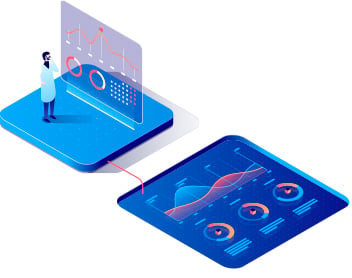 It would be great if business intelligence software knew exactly what questions to ask, give us answers, and find valued insights without any human effort. We're just not quite there.
It would be great if business intelligence software knew exactly what questions to ask, give us answers, and find valued insights without any human effort. We're just not quite there.
We don't even fully comprehend how the human brain works. So far, no amount of compute has been able to replicate or automate the logic, decision making or discovery.
But we can automate insight discovery using tools built to synthesize subject matter expertise.
With artificial intelligence, technology like intelligent document processing is configured to make it easier to analyze complex and unstructured data for decision-making and data analysis. Business intelligence can then help look in the data, not only what the user thinks or has time to do.
Today's intelligent automation goals are:
- Achieving digital transformation to be proactive rather than simply analyzing past data
- Automating data discovery to make it easier to gain valuable insight
- Providing every business user with push-button access to subject matter expertise without being a data scientist
Now, onto the most practical risks of business intelligence automation.

Here are 4 Risks of Business Intelligence Automation:
Risk # 1 - Business Process Failure
Intelligent automation is all about efficiency and fast(er) processes, but that doesn't mean it always ends up that way.
 Combining multiple technologies together — especially sophisticated AI-based software — presents unprecedented challenges in change management and information governance that will lead to process failures if not accounted for.
Combining multiple technologies together — especially sophisticated AI-based software — presents unprecedented challenges in change management and information governance that will lead to process failures if not accounted for.
Complex business processes depend on predictable data:
- When
- Where
- And how the data is delivered
By interrupting or changing data delivery within established workflows, you might be breaking a downstream process.
Avoid business process failure by adhering to a strong design and change management program.
While it appears to be easy to simply turn over automation to citizen developers, the reality is that entire process-flows must be carefully mapped out before launch. Adding the nuances of new software only increases complication.
Risk # 2 - Data Loss
Today, data is being created, consumed, and stored at rates we never would have imagined in the past. And with machine learning consuming a majority of this data, data loss is a significant risk (and as mentioned earlier, creating bias is an entirely different kind of risk!).
 Imagine processing real-time transactional data feeds for analytics and business intelligence automation.
Imagine processing real-time transactional data feeds for analytics and business intelligence automation.
You've got sophisticated technology logged into various applications collecting data to provide the business critical information for decision-making.
Machine learning algorithms crunch data providing carefully curated information until suddenly something doesn't look right...
Upon investigation it is discovered that a password reset occurred and data collection stopped some time ago. That data is likely gone forever, or will be difficult to re-ingest.
Avoid this type of data loss by creating an alerting process that quickly discovers process and performance problems.
Risk # 3 - Data Breach into Your Intelligent System
Here's why the risk of a data breach is so high — and ever increasing:- Risk of exposing data to tireless cybercriminals increases every time you add a new software application
- Every single bot you create is a new software application
- The whole concept of intelligent automation is the combination of intelligent technologies
 But it's not just sensitive information that's at risk.
But it's not just sensitive information that's at risk.
Bots and other software applications will also contain network login credentials. Exposing an admin-level password would pretty much spell disaster.
Because you will be adding new software to your automation toolset, careful attention must be paid to where all extracted (even temporary!) data is stored and processed.
If you are using an intelligent document processing tool to extract data from an insurance claim that will be "picked up" by automation - you must ensure it is secured along the way.
When you bring multiple technologies together into your business intelligence automation ecosystem, you must include information security in your planning.
Risk # 4 - All Your Efforts and Money Wasted
 Imagine spending a sizable amount of money and work on a winning combination of technology.
Imagine spending a sizable amount of money and work on a winning combination of technology.
Only to discover at the end of the project that it was all wasted effort — because a core software update from a vendor was just released, and it solved your problem.
That being the case, consult all vendors involved in your automation project and consider product release roadmaps and beta programs before assuming that you've got to build something.
Consult with industry veterans and outside firms who care only about your growth as an organization. Resist the urge to fall victim from bold claims by vendors when a much simpler solution may exist.
As with all new technology implementations, risk is only minimized with careful attention to detail, planning, testing, and involving your information security team early on.
Check Out Our Free Guide on Intelligent Document Automation:
About the Author: Brad Blood
Senior Marketing Specialist at BIS
